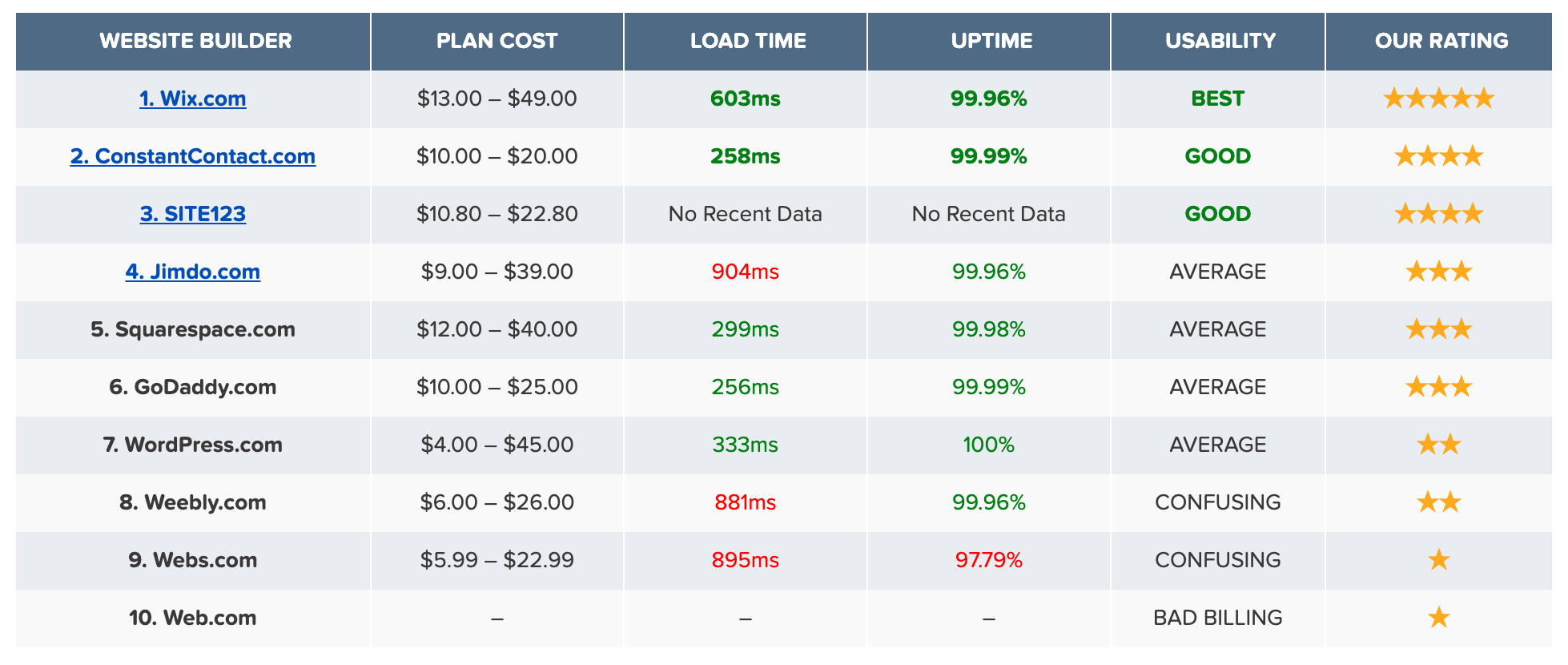Marketing tactics change constantly. Each year new tactics become more impactful, and old ones fade into obscurity. Sticking to the same tactics is stale for your current customers and potential customers, too. Instead of just running the same growth tactics for years on end, it’s time to make a switch in 2020. Here are four unique growth tactics you can implement in 2020 to help you make the switch to growth.
1. Optimize Your Sales Pipeline For Engagement
Having a sales pipeline is nothing new. And you probably have a great one in place already. But there is always room for improvement. A significant issue I see in many sales pipelines is a failure to communicate effectively with prospects.
If you have great leads, you need to engage with them to build a relationship consistently.
As Gaetano Dinardi from Nextiva says:
“Engagement is the number one spot that most fall short in closing sales. Whether it’s poor timing on the engagement or simply not enough, engagement literally will make or break your sales. Within your CRM, ensure you are setting up reminders and checking outreach logs to engage often and with better accuracy.”
Gaetano hits the nail on the head here. Engaging at the right time is just as critical as the amount you engage.
Many fail to engage in fear of “annoying” their prospects or being too intrusive. But engaging doesn’t have to be a sales pitch every single time. It can be as much as asking how you can help, noticing new solutions to their problems, or checking in.
A great way to increase engagement is to vary your engagement style. If customers aren’t receptive to email messages, try engaging them on a new platform, like social media, or SMS.
SMS has become one of my favorite ways to engage prospects throughout the sales funnel. It taps into the idea of conversational marketing, which has proven to be high-converting.
Here are some amazing example texts you can use to engage prospects in your funnel:
- Hey __, I think this article on social amplification would be a great fit for your (insert pain point).
- Hey __, I hope the holidays are going well. Did you find a fix for (insert problem they were facing)? If not, I think I have a few solutions.
Once you have scheduled SMS texts in your pipeline, you can start developing other ways to engage prospects for unrivaled growth.
Speaking of more engagement tactics, let’s jump into personalized landing page campaigns.
2. Run Personalized Landing Page Campaigns
Personalization is and will always be a stellar growth tactic. The more you can personalize (to an extent), the better. Your personalized campaigns, web pages, ad copy, are all fantastic ways to speak directly to your target market.
Rather than spinning up generic campaigns, personalized ones convert at higher rates. Why? The answer is because personalized campaigns help you speak directly to pain points, rather than using generalizations.
For example, which one of these value propositions sounds more impactful when speaking to students?
- Using our calendar scheduling tool, you will never miss an appointment
- Using our calendar scheduling tool, you can ensure that you find the time to meet with your professors that fits both of your busy schedules.
The answer is number two. Personalization is currently critical and will continue to be in 2020. But, how can you take it to the next level and create unique experiences for your potential clients to help you grow? By building personalized landing page campaigns.
What’s is a personal landing page?
Essentially, personalized landing page campaigns are used to sell to more premium and high-value target accounts in addition to specific niche segments. For example, if you wanted to land Microsoft as a client, you’d spin up a dedicated, personalized page for them on your site. Conversely, for less distinct target segments, you can still personalize landing pages.
Let me show you what a personal landing page looks like in action.
Take a look at this landing page from MailChimp:
What do you notice?
It’s not their standard homepage. Instead, it’s a near replica of its website homepage, just targeted via copywriting and images to focus on startups. Instead of generic copywriting and headlines, they focus the value proposition to startups. A value proposition is how you can convert at higher rates.
Compare the landing page to their homepage:
Not much changed besides the copywriting and images.
So, how is Mailchimp doing this at scale?
One of the best options (and my personal favorite) is to use website builders.
Why? Simply put — they are cheap, easy to use, and help you scale this for multiple targets or segments.
The folks over at Website Setup published a study where they mentioned some average costs:
“Building a good custom website could easily cost $2000 (on the low end). Making changes to the website can still require a freelance designer and a webmaster to help you continually update your site (read: you need to spend additional $$$).”
Case and point: website builders are faster, much cheaper, and perfectly suited for this type of growth tactic.
The only problem is: which website builder do you choose?
There are currently dozens and dozens of website building platforms with different costs, tools, usability, skill level, and ratings. There’s a great breakdown of the best ones on Website Setup:
Pick one website builder that matches your price range and usability. Remember: you want to scale these pages fast and with templates / drag-and-drop. Look through the top building tools and pick one that allows you to do what you want to within your price range and usability.
You don’t need custom development to get the job done. When trying to close deals with major client accounts, you need to be able to run personalized pages fast. Going back and forth with a developer is usually far from fast.
Instead, implement a website builder and get the job done fast.
3. Build Authority Faster By Being a Journalist Source
Building brand authority is a growth tactic in and of itself. Without a brand name and social proof, growth can be extremely slow. When you think of inbound marketing, what comes to mind? HubSpot? That’s branding.
Branding helps you attract new customers by setting yourself apart from the competition, showcasing that your brand is the right choice.
One of the fastest ways to do your branding is by becoming a source for journalists. What does that mean? Essentially, you provide tidbits of information to help improve articles for journalists.
It often comes in the form of quotes and advice. For instance, take a look at this post from Incredo on SaaS Christmas marketing:
Many experts contribute their opinions and information to the article, helping both the journalist and their own brands.
Thankfully, doing this is extremely easy, and it’s one of my favorite PR hacks.
Create a free account with HARO (Help a Reporter Out). HARO is a service that journalists use to list their article topics and what they need from experts, whether that be quotes, advice, or more. Once you sign up with HARO and create your account, you can decide which niches to get notified about.
If you want to contribute to general business, marketing, finance, health, etc. You can select specific segments.
Each day you will receive emails listing out journalists who are looking for quotes:
Many of the journalists using HARO are writing for significant publications, too. For example, take a look at this query from a journalist at FastCompany:
Typically, cold emails to journalists at huge publications like FastCompany would result in deleted or ignored emails. But utilizing HARO, you can share your expertise and showcase your brand to potentially millions of monthly readers. With most contributions, you will also earn a link back to your website, driving direct referral traffic that converts.
In 2020, start focusing heavily on building more brand awareness. It’s one of the driving forces of purchase decisions.
4. Diversify Your Content Marketing Formats
Content is king. We all know this and experience it daily when searching for solutions on Google. Content is both useful and enjoyable to consume for business and pleasure. Everyone seems to be blogging and writing new content to drive organic traffic that converts. The problem is: blog content is often not unique for the majority of people producing it.
Millions of blog posts are published every single day, making them a common growth tactic. But in 2020, content is shifting from just written content to two more unique formats:
Podcasts and videos.
While blog posts garner just 15 seconds of attention on average, people are watching hours of video content and listening to hours more of podcast content daily. Now is the time to branch out into more than just keyword-driven blog content. Platforms like Spotify and Apple Music are goldmines for organic traffic and brand awareness.
Currently, there are nearly 100 categories on Apple for podcasts, let alone Spotify, SoundCloud, and other services.
Any and every business can develop interesting podcast content that is easily digestible, driving more organic visits, brand awareness, and more. Don’t know what to talk about on a podcast? Or how to market your podcast?
Start by looking at your blog and analyzing the latest posts you have written:
For example, looking at the ReadWrite blog, I already notice multiple blog topics that can be repurposed into topics for a podcast.
- Why Productivity and Customer Experience go Hand in Hand
- Digital marketing in the government sector
If there is a category for your niche on Apple podcasts, there are eager listeners waiting for you to deliver stellar content.
Conclusion
If you want to grow your business in 2020, repeating the same overused tactics isn’t your best bet. While you can still hammer home the fundamentals — there are plenty of unique growth tactics at your disposal.
Implement these four unique growth tactics in the coming year for improved growth and success.
What are some of your favorite unique growth tactics? Which have had the biggest impacts?


















